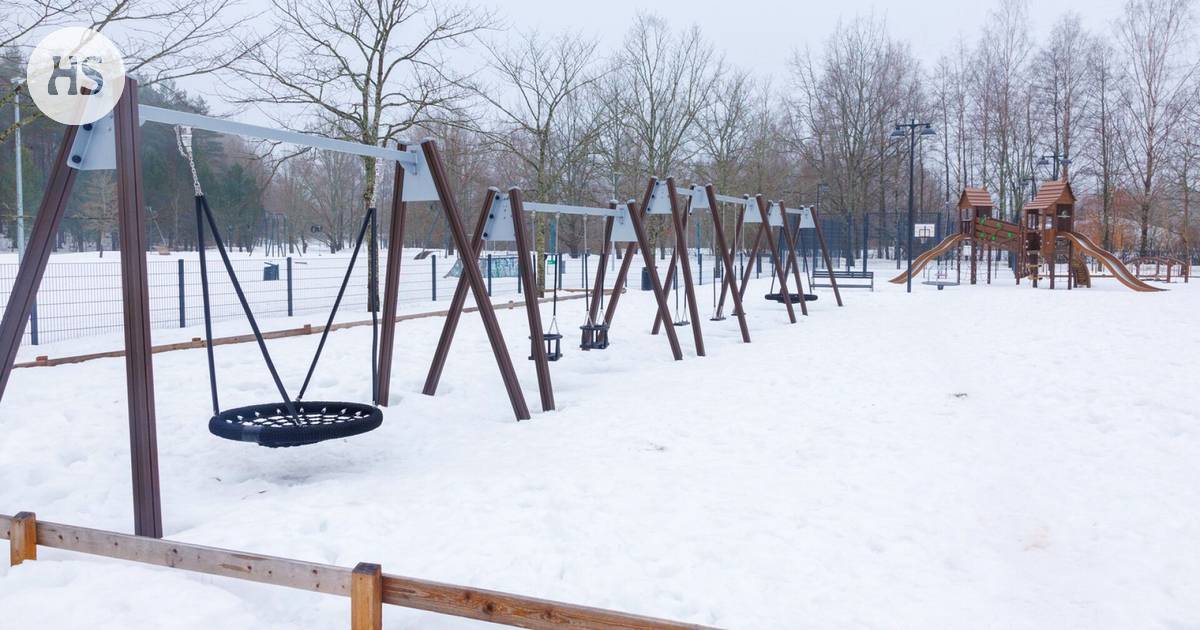Could playgrounds be implemented in Helsinki too, where children and children's families would be involved in the planning process?
| Updated
Important the discussion about child-friendly urban planning is ongoing. Anu Soots (HS Opinion 25.3.) excellently highlighted what the city's solutions, for example regarding the color scheme of playgrounds, communicate to the city's youngest residents and families with children.
Children like colors, colorfulness and liveliness around them. This is supported by both research and practical experience in planning child-friendly urban spaces. With the help of skilled designers, these elements can be combined into harmonious and interesting environments without visual clutter. For some reason, monotonous colors such as grey, black or brown are unfortunately often preferred in Helsinki. These colors are purely chosen through the views of adults, or not much effort is put into the color design.
The placement and selection of playground equipment is mostly done through the views of adults, and the functions are preferably defined in advance. With simple tools and natural materials, children can invent games that feed their imagination. The environment can be rich, colorful and interesting also through vegetation.
I asked From Helsinki's urban environment on social media, how users have been included in the planning process in the design of the renewed playground in Länsi-Pasila. The answer was that feedback has been collected from users on the finished plan. Could playgrounds be implemented in Helsinki too, where children and children's families would be involved in the planning process? The possibility of commenting on finished plans is essentially a different matter.
“
Urban space communicates who the city is for and what you can and can do there.
A couple of years ago I visited Helsingborg, which has seven wonderful theme parks in different parts of the city. The parks or their themes are planned together with the townspeople, and a new park is always opened with a “village party” open to everyone. The newly completed jungle-themed playground, with a cheerfully bright yellow color nicely matched to the surroundings, was an impressive sight. The trees planted in the park were of considerable size and green. I asked the designers how the trees in the park were already so big, and the answer was clear: it had been one of the priorities.
The urban space communicates many different things to us about who the city is for and what you can and can do there. A child-friendly city communicates in the urban space that children, play, young people and recreation are welcome elements in our city. This should be visible in the squares, streets and spaces where the citizens move and stay.
Next once we think about the speed limits of street traffic, the color scheme of playgrounds or the furniture of squares, it is worth thinking about the perspective of children. Where children have fun, city dwellers of all ages also have fun. Studies show that cities (such as Rotterdam) that have chosen child-friendly urban planning as their central strategy also succeed on many other metrics.
Päivi Raivio
urban designer, Helsinki
The reader's opinions are speeches written by HS readers, selected and edited by the HS editorial staff. You can leave an opinion piece or familiarize yourself with the principles of writing at the address www.hs.fi/kiryotamielipidekeisuis/.
Correction March 29, 2024 at 7:15 a.m.: Trumpettipuisto is located in Helsinki's Kannelmäki, not in Lassila, as previously stated in the caption.
#Reader39s #Opinion #childfriendly #city #good







